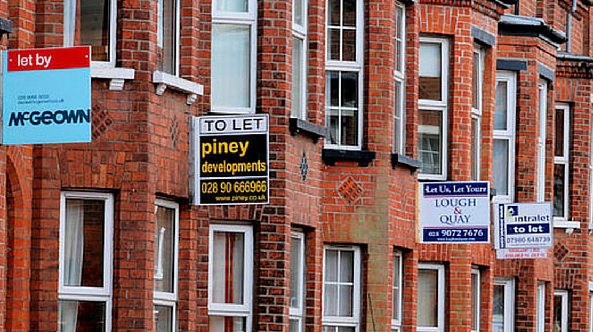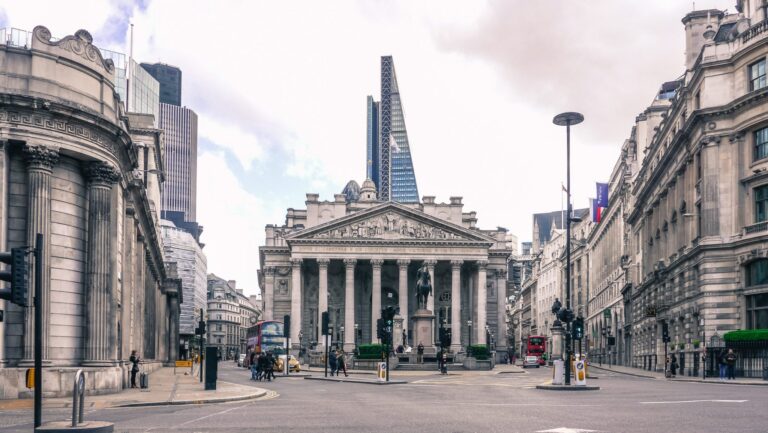A lot has happened since the 2016 referendum that set the wheels in motion for the UK to exit the European Union, but what impact has Brexit had on housing?
It has now been six years since 52% of voters opted to leave the EU, and it was a further three and half years before the UK officially withdrew in January 2020. This, of course, was shortly before the Covid pandemic began to take hold.
One thing that Brexit has certainly been at least partially blamed for is the ongoing supply chain issues and labour market disruptions, both of which have affected the housing market in various ways. But it certainly hasn’t had the impact that some had expected.
Estate agency and property consultancy Knight Frank has compiled a report looking at various factors in the market, and how they have changed over the past six years.
Brexit and house prices
The housing market’s resilience has been notable since Brexit and indeed the hurdles of the pandemic. At one point, the government predicted an 18% fall in the sector, says Knight Frank, with economists forecasting a 20% decline due to Covid.
In fact, UK house prices soared by 32% between July 2016 and May 2022, says the estate agency. This is an acceleration on the preceding six years, where house prices grew by 22.5%.
However, the report notes that political uncertainty between 2017 and 2019 did cause the market to level off, before once again beginning to rise post-Brexit and throughout the pandemic.
“Political turmoil at Westminster rather than Brexit itself kept price growth in check after 2016,” says the report. “Prices jumped due to the pandemic but may have done so anyway had the ‘Boris Bounce’ not been cut short by Covid.”
The regional picture
In a turnaround compared to times gone by, the UK’s regions have seen the most dramatic growth over the past six years, with London notably lagging behind. In prime central London, the most expensive market, prices have actually fallen by 16%.
This levelling up has happened naturally due to affordability pressures as well as “a more tax adverse landscape, compounded by the political volatility that followed the general election result of June 2017”. So Brexit itself has not been the driver, says Knight Frank.
The top-performer in terms of house price rises was the East Midlands, where house prices have shot up by 42.3% in the six-year timeframe. This is followed by the north west, where property values grew by 38.7%.
The West Midlands (37.7%), south west (35.4%), Yorkshire and the Humber (34.6%) and the east of England (29.1%) have all far surpassed expectations of house price growth.
Appetite for housing has remained strong
Knight Frank’s report notes the impressive increase in property transactions between July 2016 and May 2022, showing that appetite has not been subdued by any Brexit issues.
HMRC data shows there were 7.24 million residential transactions during the period, which is up by 14.4% compared to the previous six years.
“If this was the housing market’s biggest test after Brexit, it passed,” notes Knight Frank.
There were highs and lows during that period, though, with a fall-off in Q2 2016 after the introduction of the 3% stamp duty surcharge for second homes and property investments, although transactions soon began to recover.
Then, after some hesitance around the time of the 2017 general election, the market improved until Covid hit, which caused a steep decline. This was followed by “unprecedented levels of activity that were buoyed by a stamp duty holiday”.
Knight Frank adds: “The next stage for the housing market is normalisation, a process that is proving more gradual than most people expected.”










